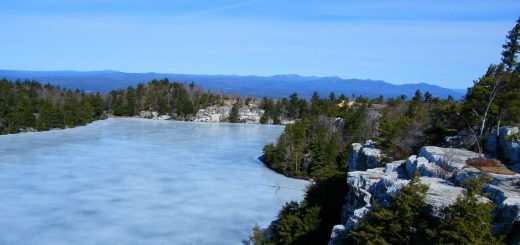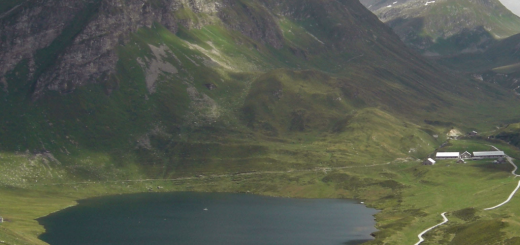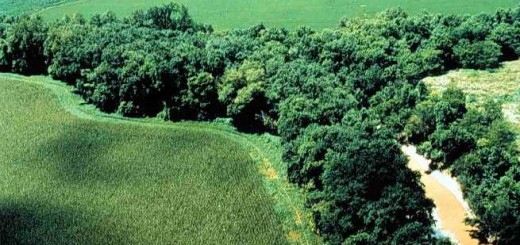Research Brief: Influence of Climate Change and Anthropogenic Stressors on HABs in Zhanjiang Bay
0As harmful algal blooms (HABs) appear across the world, scientists everywhere are dedicated to identifying the causes and impacts of HABs. Previous studies have already linked HABs with several human and animal health conditions as well as environmental conditions like hypoxia and light attenuation.
Understanding the impacts of HABs, resource managers everywhere are invested in reducing the spread and frequency of HABs in the hope of protecting their natural resources and public safety. Previous studies have connected climate change and various anthropogenic factors to blooms, though contributing factors vary across environments.
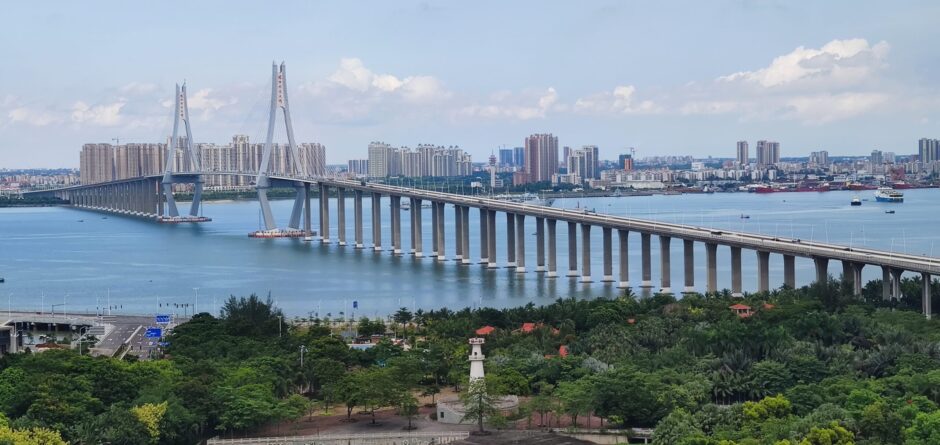
Zhanjiang Bay Bridge (Credit: 一只星步甲 via Wikimedia Commons CC0 1.0)
Long-term studies are also scarce as HAB monitoring has only recently become such a popular topic in limnological research. A 2023 study published in Frontiers in Marine Science examined 30 years of HABs and nutrient patterns to explore the impacts of long-term climate change and anthropogenic pressure indicators in Zhanjiang Bay.1
The objectives of the study are as follows:
- Examine and clarify the history of long-term HABs in the Zhanjiang Bay coastal waters
- Identify the long-term nutrient patterns in the Zhanjiang Bay coastal waters
- Discuss the impacts of climate change and anthropogenic pressures1
Methods
To accomplish these goals, the researchers performed a retrospective analysis of the long-term variations in HABs and nutrient patterns in Zhanjiang Bay based on historical data. The observed data ranged from 1980 to 2020, pulling from various studies focusing on the bay.
Nutrient data examined dissolved inorganic nitrogen (DIN) and dissolved inorganic phosphorous (DIP) per the indicators of Chinese national seawater quality standards. The yearly averaged data of DIN and DIP were used to represent the long-term nutrient variations. 1 Anthropogenic pressure data considered gross domestic product (GDP), population, fertilizer use, industrial wastewater discharge and the total output of marine products during this investigation period.
Results
The study set out with the hope of revealing “the characteristics of HABs and HABs and provide a framework for integrated land–ocean environment management and water quality improvement in the Zhanjiang Bay in the future.” 1
From 1980 to 2019, HABs occurred a total of 15 times to varying extremes, though there was no significant change in the frequency of HABs during the observed period in the Zhanjiang Bay—occurring one or two times a year in the outbreaking year. Prior to the 2000s, HABs were only observed once in 1980.
2005 was the first year wherein two blooms were recorded—it was also the largest area of HABs observed during the study period. Each year after 2005 was marked by one or two blooms a year, with the exception of 2015 and 2016, which reported no harmful algal blooms.
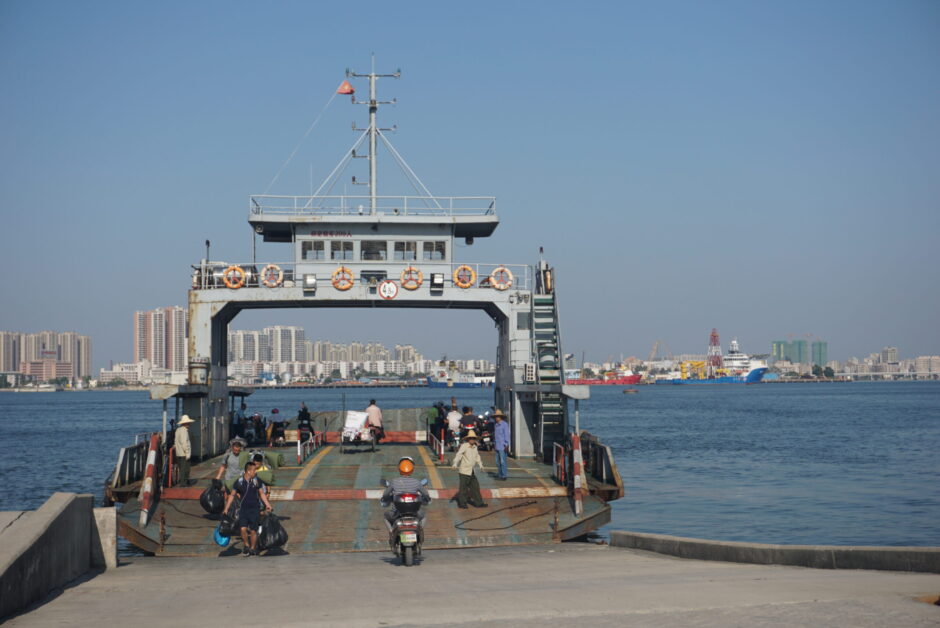
Zhanjiang Cross-Bay Ferry (Credit: DragonSamYU via Wikimedia Commons CC BY-SA 4.0)
Five phytoplankton species bloomed in the bay, and populations were dominated by Skeletonenna costatum. Most blooms, 30% of the total frequency, occurred in March, and results suggest that eutrophication (inorganic) may not have a direct relationship with HABS in the bay from a long-term perspective.
Still, the study concludes that land-based pollution and other anthropogenic stressors may contribute to eutrophication and, therefore, the growth of algae. The article goes on to explain that the connection between nutrient pollution and algal blooms is complex and will require more extensive research to understand the drivers of HABs in the bay.
While the results did not indicate a direct connection between inorganic eutrophication and HABs, the observed years did reveal that the bay shifted from a phosphorous-limited oligotrophic state to a nitrogen-limited eutrophic state. Regardless of the influence on HABS, the results of the long-term observation reveal that anthropogenic pressures may be driving changes in water quality.
Sources
- Peng Zhang, Conghui Peng and Jibiao Zhang et al. Long-Term Harmful Algal Blooms and Nutrients Patterns Affected by Climate Change and Anthropogenic Pressures in the Zhanjiang Bay, China. Front. Mar. Sci.. 2022. Vol. 9. DOI: 10.3389/fmars.2022.849819




